Builders often don’t pay enough attention to the CE marking on the label or technical documents but, in fact, it provides a lot of useful information about the product and manufacturer.
Most sealants produced by Wolf Group and sold under its product brand Penosil have a CE marking. Based on harmonised European Union standards used in the construction industry, certain products traded in the European Economic Area must state the area of performance and performance characteristics. This shows that the manufacturer has also checked whether these products meet EU safety, health or environmental requirements.
Products with a CE marking should also have a DoP – Declaration of Performance – issued by the manufacturer and usually based on a conformity assessment by an independent test institute. The information in this document forms the basis of builders’ and architects’ decisions to use a product.
For sealants, the CE marking is relevant for four areas, based on the European Standard (EN) 15651: Sealants for non-structural use in joints in buildings and pedestrian walkways.
EN 15651-1 Sealants for façade elements (F)
EN 15651-2 Sealants for glazing (G)
EN 15651-3 Sealants for sanitary applications (S or XS)
EN 15651-4 sealants for pedestrian walkways (PW)
EN 15651-1 sealants for façade elements (F)
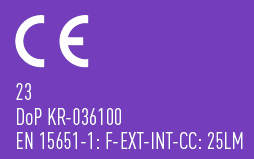
Non-load-bearing façade sealants are used for the sealing of joints in exterior and indoor applications. The main areas are exterior wall joints, window and door perimeter joints and visible joints in indoor areas.
F-INT means interior applications
F-EXT-INT means both interior and exterior applications
F-EXT-INT-CC covers both interior and exterior applications and is suitable for cold climates (-30 ºC)
It is common for movement performance, low modulus or high modulus, and plastic or elastic categories to be defined.
P (plastic) or E (elastic): 7.5P – 12,5P – 12.5E
LM (Low Modulus) or HM (High Modulus): 20LM – 20HM – 25LM – 25HM. The number indicates the movement capability. The higher the number, the more capability.
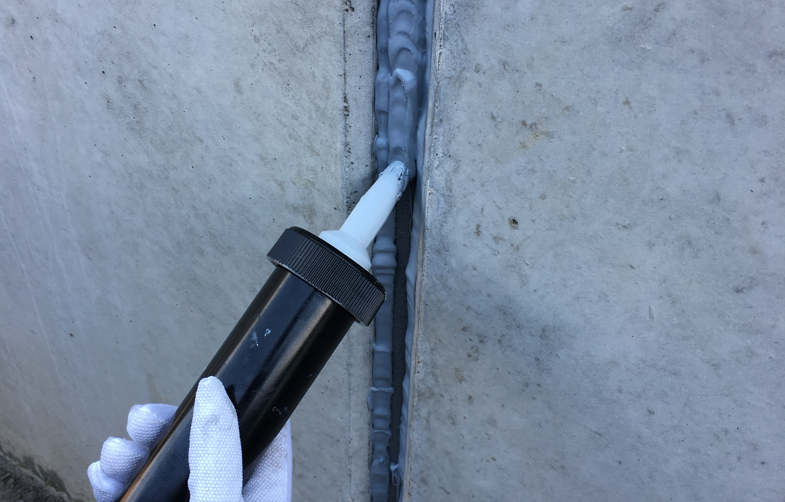
EN 15651-2 sealants for glazing (G)
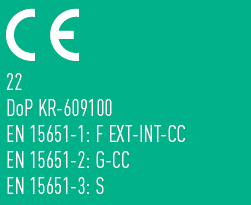
A selection of non-load-bearing sealants is used in the sealing of glazing in construction. They can be applied glass to glass, glass to frame and glass to porous substrates. Aquariums, structural bonding/glazing, inner and outer seals to manufacture insulated glazing units, etc. are excluded.
G means joint sealant for glazing
Type G-CC means joint sealant for glazing, suitable for cold climates (-30 ºC)
It is common that movement performance, low modulus or high modulus, are defined.
LM (Low Modulus) or HM (High Modulus): 20LM – 20HM – 25LM, 25HM

EN 15651-3 sealants for joints in sanitary application (S or XS)
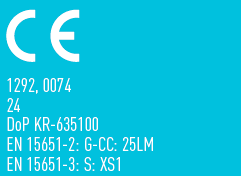
A selection of sealants is used in humid areas like bathrooms, toilets, showers, and kitchens.
S1, S2, and S3 differ in the performance of the anti-fungal growth in the sealant.
S1 has the highest resistance class, and S3 has the lowest.
X indicates a limited shrinkage of the sealant. Those sealants are marked as follows: XS1, XS2, XS3. XS means better-proven properties compared to the S class.
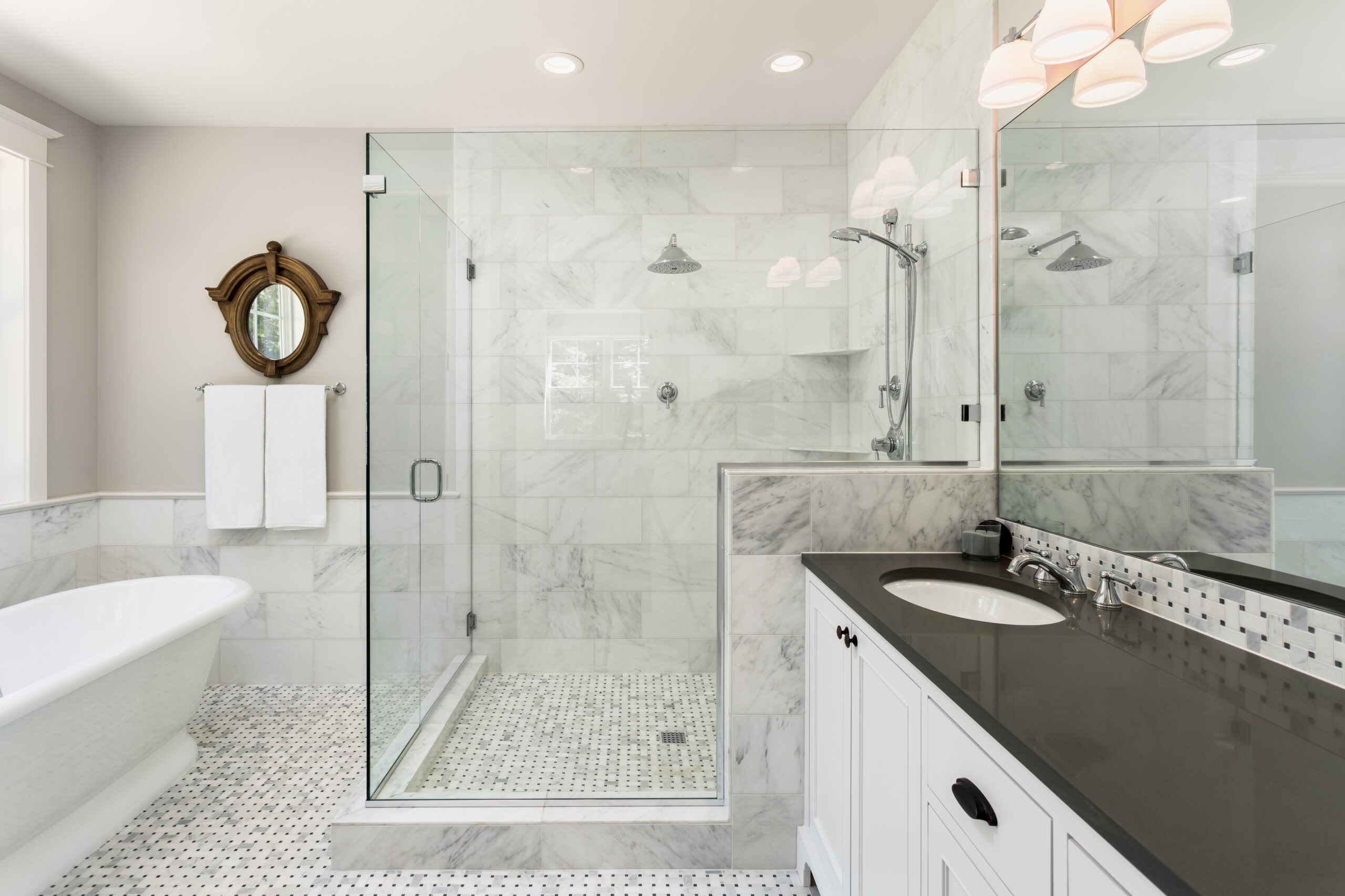
EN 15651-4 sealants for areas on which pedestrians walkways (PW)
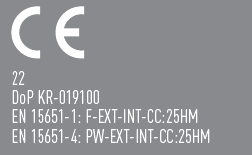
A selection of non-load-bearing sealants is used for expansion joints in floors in interior and exterior applications. This includes floor joints in pedestrian walkways and public areas and expansion joints between concrete slabs on balconies, terraces or warehouses.
PW-INT means only interior applications
PW-EXT-INT means both interior and exterior applications
PW-EXT-INT-CC is intended for interior and exterior applications in cold climate
It is common for movement performance, low modulus or high modulus, to be defined.
LM (Low Modulus) or HM (High Modulus): 20LM – 20HM – 25LM, 25HM








